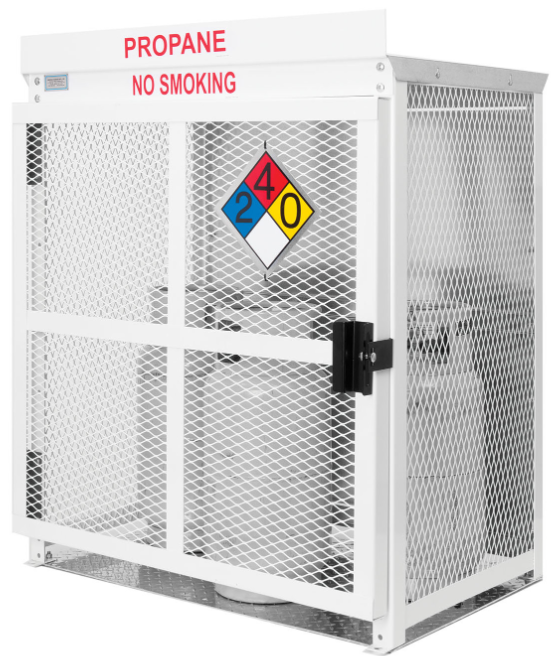The Challenge
The lack of propane cylinder inventory control measures led to a consistent annual CapEx budget of $40 million, regardless of sales fluctuations. Management wanted a clear understanding of how inventory was tracked, where it was maintained, and how it could be modeled more efficiently going forward.
The company operates regional production plants that inspect, repair, and refill propane cylinders sold in retail locations across the United States. Consumers buying extra tanks causes inventory control problems as it eliminates a 1:1 exchange.
Decentralization and management silos led to large quantities of inventory stock at regional storage yards utilized for swift last-mile delivery.

The Solution
This is the classic case of the “devil being in the details” and “too close to the forest to see the trees.” The data analyzed across millions of rows identified the course of action, and site visits to a production plant, inventory storage yard, and retail sale location helped confirm the hypothesis. Location and seasonality also played a role in inventory control issues. Observations included:
- No one section (Plant/Staging Yard/Retail) in the supply chain owned tank inventory
- Operations did not trust the technology that was put in place to track inventory
- No disincentive to hoard inventory
- Staging yards held peak season capacity year-round in all locations
A modeled-based approach could reduce idle tank inventory from 13 and 27 days to 5 days based on historical delivery schedules between the plants and the storage yards. In addition, a reconfiguration of the staging yards into trailer pallets (Full on one side/Empty on the other side) significantly improved hand inventory counts for management reporting.
Most importantly, management’s #1 concern of retail out of inventory was driven by delivery frequency, not tank inventory.
Tools Utilized
- Site visits
- Cultural persuasion
- Departmental management interviews
- Supply chain ride alongs
- Data mining
- MS SQL
- Excel modeling
Results
Reduction of staging yard inventory to 5 days stock on hand resulted in a one-time savings of $20 million in new tank purchases. This was accomplished by managing inventory as a function of retail capacity. When retail capacity hits 110%, new tank purchases were built back up to 125% capacity—this methodology allowed for a systematic inventory scaling as sales secured new business.
